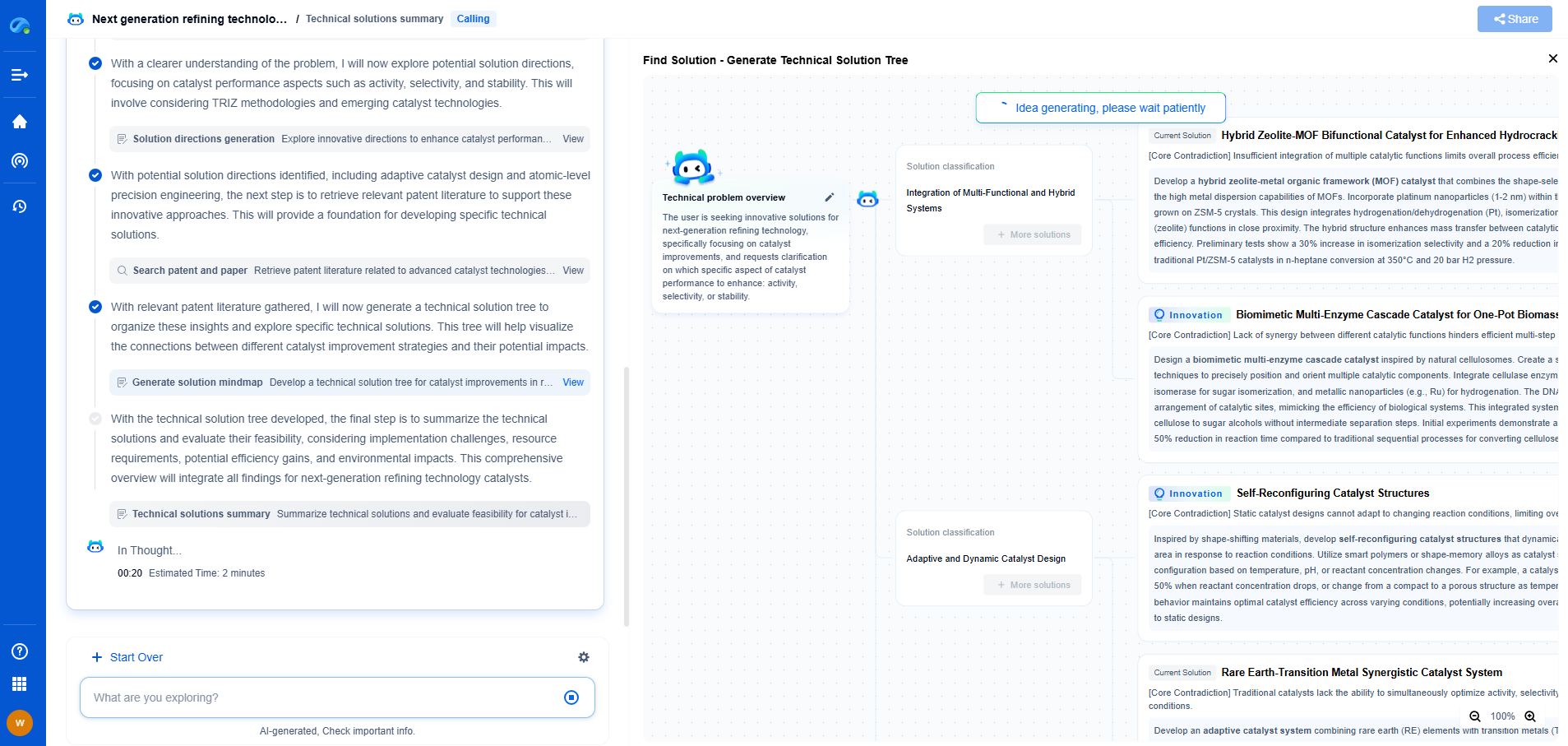Telco Cloud: How Carriers Virtualize Their Networks
JUN 27, 2025 |
The telecommunications industry is undergoing a transformative shift, driven by the need for greater flexibility, scalability, and efficiency. With the ever-growing demand for data and connectivity, traditional network infrastructures are being augmented and, in many cases, replaced by innovative technologies. At the forefront of this evolution is the telco cloud, a game-changing approach allowing carriers to virtualize their networks, paving the way for a more dynamic and agile service delivery model. This blog explores how telco cloud is redefining the telecommunications landscape, the technologies behind it, and the benefits it brings to both service providers and consumers.
Understanding Telco Cloud
Telco cloud refers to the use of cloud computing technologies and principles in telecommunications services. It leverages virtualization and cloud-native architectures to decouple network functions from proprietary hardware, enabling a more flexible and cost-effective network infrastructure. By abstracting network functions from physical devices, telco cloud allows operators to run network services on any standard server, significantly reducing the dependency on specialized hardware.
Key Technologies Enabling Telco Cloud
Network Functions Virtualization (NFV)
Network Functions Virtualization (NFV) is a foundational technology for telco cloud. NFV enables the virtualization of network services traditionally carried out by hardware appliances, such as routers, firewalls, and load balancers. By running these functions as software on commodity hardware, carriers can scale services quickly and introduce new features without the need for physical installations.
Software-Defined Networking (SDN)
Software-Defined Networking (SDN) complements NFV by providing a centralized control layer that can dynamically manage network traffic and resources. SDN separates the control plane from the data plane, offering a holistic view of the network. This separation allows operators to programmatically configure and optimize network paths, improving efficiency and performance while reducing operational costs.
Cloud-Native Architectures
Cloud-native architectures embrace microservices, containers, and orchestration frameworks to develop and deploy network functions. With cloud-native, network services are designed to be scalable, resilient, and easily manageable. Containers, orchestrated by platforms like Kubernetes, ensure that network functions can be deployed rapidly, maintained easily, and scaled according to demand.
Benefits of Virtualizing Networks
Scalability and Flexibility
The telco cloud provides unmatched scalability and flexibility. Virtualized networks can be expanded or contracted based on real-time demand without the slow and costly process of installing new hardware. This capability allows carriers to respond quickly to market changes and customer needs.
Cost Efficiency
By shifting from hardware-centric to software-centric models, telco cloud significantly reduces Capital Expenditure (CapEx) and Operational Expenditure (OpEx). Virtualization cuts down the need for physical infrastructure, lowers energy consumption, and decreases maintenance costs, providing carriers with substantial cost savings.
Enhanced Service Delivery
Virtualized networks enable faster deployment of new services and features. Carriers can experiment with and introduce innovative offerings with reduced risk and time-to-market. This agility not only enhances customer satisfaction but also positions operators to capitalize on emerging opportunities.
Improved Reliability and Security
Telco cloud can improve network reliability and security through redundant architectures and centralized management. Virtualized environments can reroute traffic and maintain service continuity in case of hardware failures. Furthermore, security patches and updates can be applied seamlessly across the network, bolstering overall security posture.
Challenges and Considerations
While the telco cloud offers numerous advantages, transitioning to a virtualized network environment presents challenges. Carriers must invest in training personnel to manage and operate cloud-based systems effectively. Interoperability between legacy systems and new cloud-native infrastructures can also pose difficulties. Moreover, data privacy and regulatory compliance remain critical considerations as operators virtualize their networks.
Conclusion
The telco cloud is revolutionizing the telecommunications industry by enabling carriers to virtualize their networks. Through technologies like NFV, SDN, and cloud-native architectures, operators can achieve unprecedented levels of scalability, flexibility, and efficiency. While challenges exist, the benefits of telco cloud far outweigh the potential drawbacks, making it an essential strategy for carriers aiming to thrive in today's fast-paced digital landscape. As telco cloud continues to evolve, it will undoubtedly play a pivotal role in shaping the future of telecommunications, driving innovation and growth for years to come.
Unlock Next-Gen Innovation in Communication Technology with Patsnap Eureka
The field of communication technology is evolving at breakneck speed—from 5G and satellite systems to next-gen wireless protocols and quantum communications. Staying ahead demands more than just information—it requires strategic insights, real-time patent intelligence, and a deep understanding of technological trajectories.
Patsnap Eureka, our intelligent AI assistant built for R&D professionals in high-tech sectors, empowers you with real-time expert-level analysis, technology roadmap exploration, and strategic mapping of core patents—all within a seamless, user-friendly interface. Whether you're optimizing signal processing designs, navigating 3GPP standards, or exploring IP strategies for IoT and 6G networks, Eureka helps you move faster, think deeper, and innovate smarter.
Try Patsnap Eureka today—and see how it can transform the way you work across the entire communication technology innovation lifecycle.
- R&D
- Intellectual Property
- Life Sciences
- Materials
- Tech Scout
- Unparalleled Data Quality
- Higher Quality Content
- 60% Fewer Hallucinations
Browse by: Latest US Patents, China's latest patents, Technical Efficacy Thesaurus, Application Domain, Technology Topic, Popular Technical Reports.
© 2025 PatSnap. All rights reserved.Legal|Privacy policy|Modern Slavery Act Transparency Statement|Sitemap|About US| Contact US: help@patsnap.com

